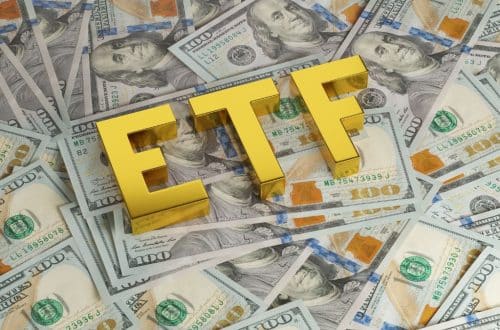
FDIC Chair: Signature Bank Suffered from Exposure to Crypto
- Signature Bank and Silvergate Bank were two of the most crypto-friendly banks.
- Some crypto enthusiasts believe the White House and some regulators are bent on keeping the crypto industry from accessing financial services.
FDIC Chair Martin Gruenberg believes the collapse of Signature Bank was largely caused by the bank’s dependence on uninsured deposits and exposure to cryptocurrencies. While giving an address before the House Committee on Financial Services, Gruenberg claimed that a key factor in Signature’s decline was the company’s failure to handle its “reckless growth strategy” and insufficient risk management measures.
The FDIC Chair claimed that “the bank failed to understand the risk of its association with and reliance on crypto industry deposits or its vulnerability to contagion from crypto industry turmoil that occurred in late 2022 and into 2023.”
Signature Bank provided services to a number of key players in the crypto sector before it went out of business. Some of its clients include stablecoin issuer Circle and cryptocurrency exchange Kraken. The bank was known for processing quick, round-the-clock payments between member clients.
“Although the fallout from the liquidation of Silvergate and the failure of Silicon Valley Bank was unprecedented and unfolded rapidly, Signature Bank’s poor governance and inadequate risk management practices put the bank in a position where it could not effectively manage its liquidity in a time of stress, making it unable to meet very large withdrawal requests,” Gruenberg added.
Several crypto-friendly US banks have suffered greatly from the implosion of FTX and other crypto companies, leading to fears about the growing relationship between crypto companies and the US financial system.
Mainstream banks were previously reluctant to cooperate with the crypto industry during its early years as they perceived it as inherently dangerous. However, banks appear to have changed their view of the industry over the last few years.
Large financial institutions like JPMorgan and BNY Mellon began banking on cryptocurrency exchanges and allowing their customers to store and trade coins. Regulators monitored the industry, but aside from a few “policy sprints,” they took very little action.
However, things took a turn for the worse in 2022. The crypto market had a stunning crash. Crypto prices went downhill, and an estimated $60 billion was lost in May when the Terra-Luna stablecoin failed, setting off a domino effect that ultimately brought down cryptocurrency lender Celsius, hedge fund Three Arrows Capitals, and other companies.
Although the collapses of crypto projects did not have huge effects on the mainstream financial market, regulators felt obligated to ensure that it remained that way. Institutions like the Federal Reserve, FDIC, and Office of the Comptroller of the Currency (OCC) claimed that cryptocurrency poses a “significant risk” for banks.
These statements and other enforcement actions have led to increased tensions between US regulators and crypto companies.







